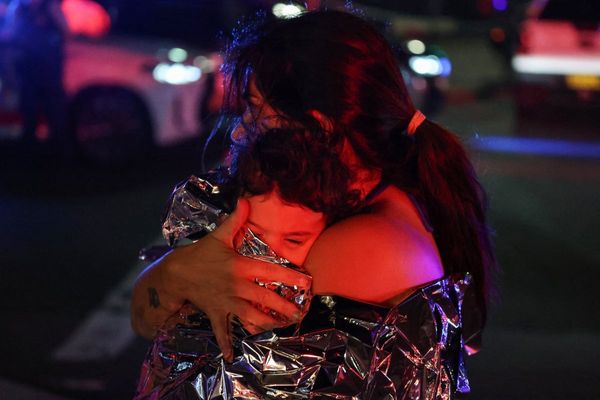
On the night of July 9, 1962, people across Hawaii witnessed an outburst of the aurora. Typically, it is extremely rare for the northern lights to glow as far south as Hawaii, but this wasn’t a typical display of the celestial lights. The aurora was triggered by a thermonuclear bomb.

The United States conducted hundreds of nuclear tests between 1945, when the first atomic bomb was detonated, and 1996, when the Comprehensive Nuclear Test-Ban Treaty was adopted. Many of the tests conducted by the U.S. were conducted underground or in Earth’s atmosphere, but the explosion on July 9, 1962, was different.
Code named Starfish Prime, the bomb was detonated above the Pacific Ocean at an altitude of 250 miles, around the same height as the International Space Station.
The burst of radiation and electromagnetic particles from the blast resulted in an artificial geomagnetic storm, setting off a display of human-created aurora.

The artificial light show lasted for about seven minutes, according to RealClearScience, but an eerie glow lingered in the sky for nearly four hours. People as far away as New Zealand reportedly saw the bomb-induced aurora.
In parts of Hawaii, the explosion had more of an impact than just generating a light show.
When a nuclear bomb explodes, it unleashes an electromagnetic pulse (EMP). The EMP from Starfish Prime was strong enough to knock out strings of streetlights on Oahu, cause a radio blackout and make telephones temporarily inoperable, according to RealClearScience.
Similar effects can also happen during exceptionally powerful geomagnetic storms triggered by the sun.
On March 13, 1989, a geomagnetic storm caused a power blackout across the entire province of Quebec, Canada, according to NASA. Millions of residents were in the dark for 12 hours and businesses and schools were forced to close. Over 200 power grid problems were also reported across the U.S., although a national blackout was avoided.
The same storm also sparked an outburst of aurora that was visible as far south as Cuba.
In Sweden, the experimented with greenish white lights that would stay on longer.
“This was probably one of the most beautiful rocket launches I have experienced from Esrange,” said Krister Sjölander, Vice President of Science Services and Head of Payloads & Flight Systems at the Swedish Space Corporation.
“But more importantly, this research will pave the way for a deeper understanding of space weather, the phenomenon of aurora, and how it affects space infrastructure which is crucial for our societies on Earth,” he added.
Produced in association with AccuWeather







